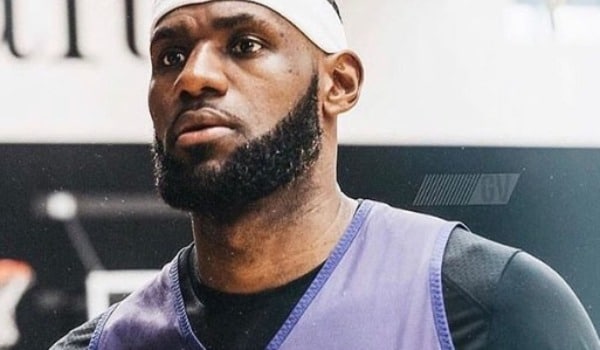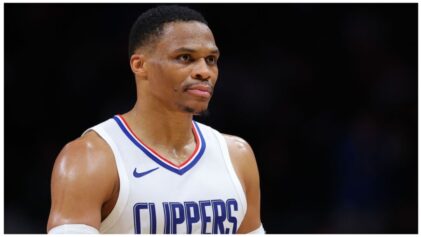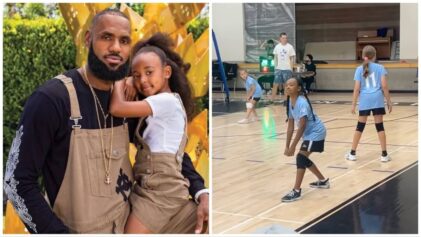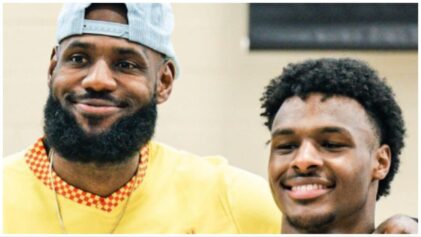In the NBA, there’s been a lot of confusion and debate over a player being fouled in the so called “act of shooting.”
Because does the act begin when a player starts his motion to the rim, whether it’s a layup or jump shot? Or is it when their eyes become fixated on the hoop like they’re looking to score?
Those questions and have already been answered by referees, analysts and other folks, but during game-time calls seem to be inconsistent, leading to only more confusion.

The latest example of that inconsistency came on Thursday night (Jan. 17) when the Los Angeles Lakers faced the Oklahoma City Thunder.
Because in the last three seconds of regulation, Laker guard Lonzo Ball was called for a foul on Russell Westbrook as he pulled up for a 3-pointer, which resulted in three free throws. Westbrook made all of them, which tied the game 122-122 and sent it to overtime.
Video footage confirmed that Ball placed his hands on Westbrook before the ball was released, but whether Westbrook was in the act of shooting is questionable. So LeBron James, who’s currently out with a groin injury, sent a tweet to the referee’s shared Twitter account and asked a question.
“So what really is ‘in the shooting motion’ rule?” he tweeted. “Asking for a friend @OfficialNBARefs.”
Although the hoop star didn’t get a direct response, one of the refs spoke to a reporter about the questionable call and admitted that it was a mistake.
But the official also explained the foul couldn’t be reviewed based on NBA rules, because the ref could only look at the replay to determine if Westbrook’s foot was behind the 3-point line or not. And if the foul was called correctly, Westbrook would’ve taken the ball out on the sidelines instead of shooting.
“There is not a trigger to review whether or not there is a foul prior to or on the shot,” said Tom Washington. “The trigger would be whether it is a 3-point shot or not. And upon being able to see the review of the play, we realized that the illegal contact actually happened prior to his upward motion, so it should have been a side-out.”
Fortunately for the Lakers, the bad call didn’t harm their chances of winning since they pulled off the victory in overtime 138-128.
You can see the controversial call below.


